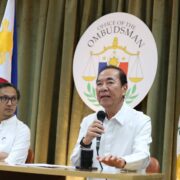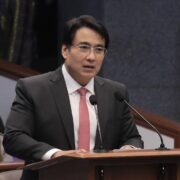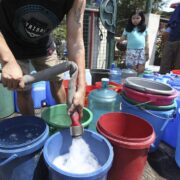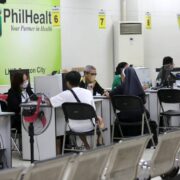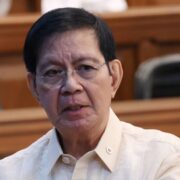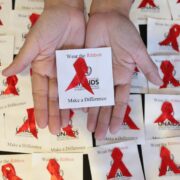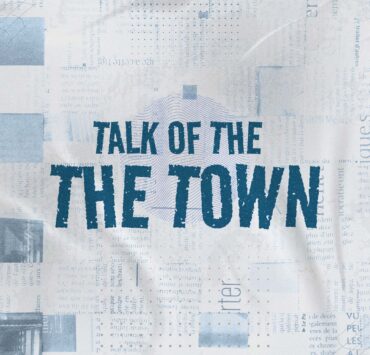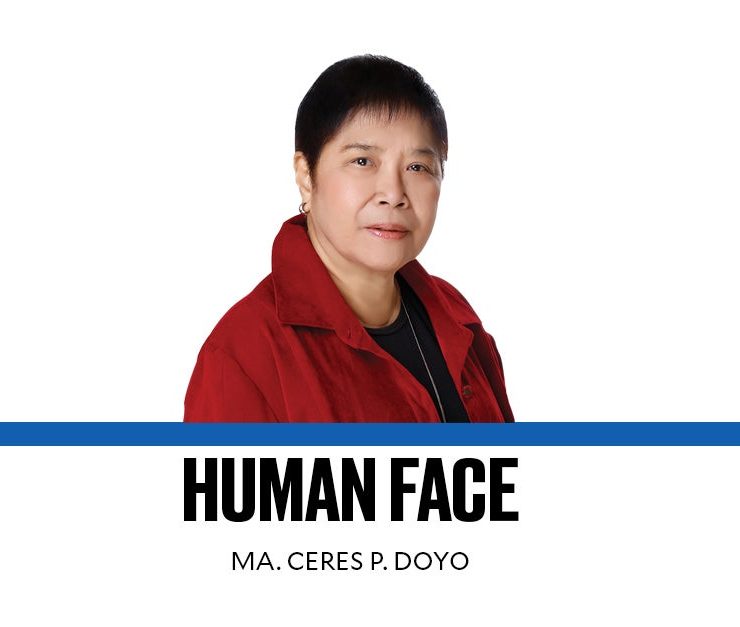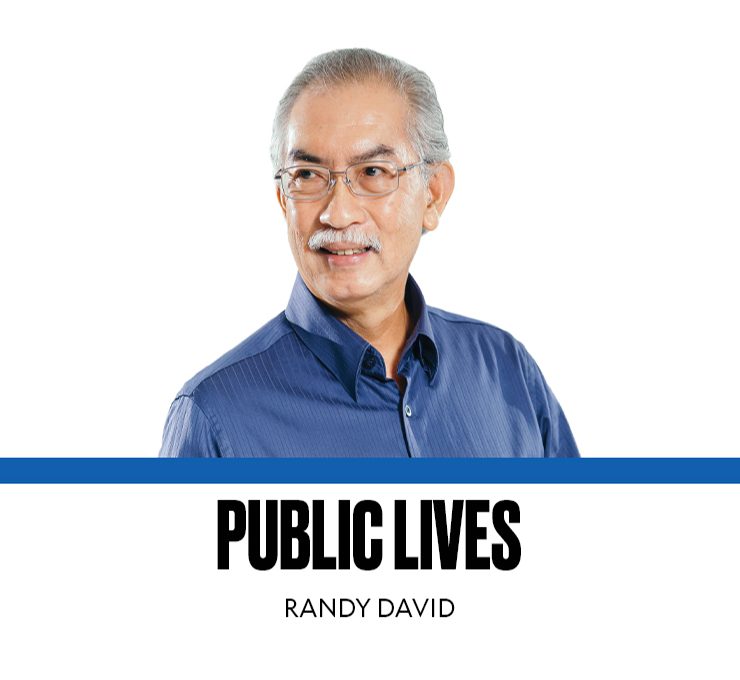EJK-driven ‘via dolorosa’
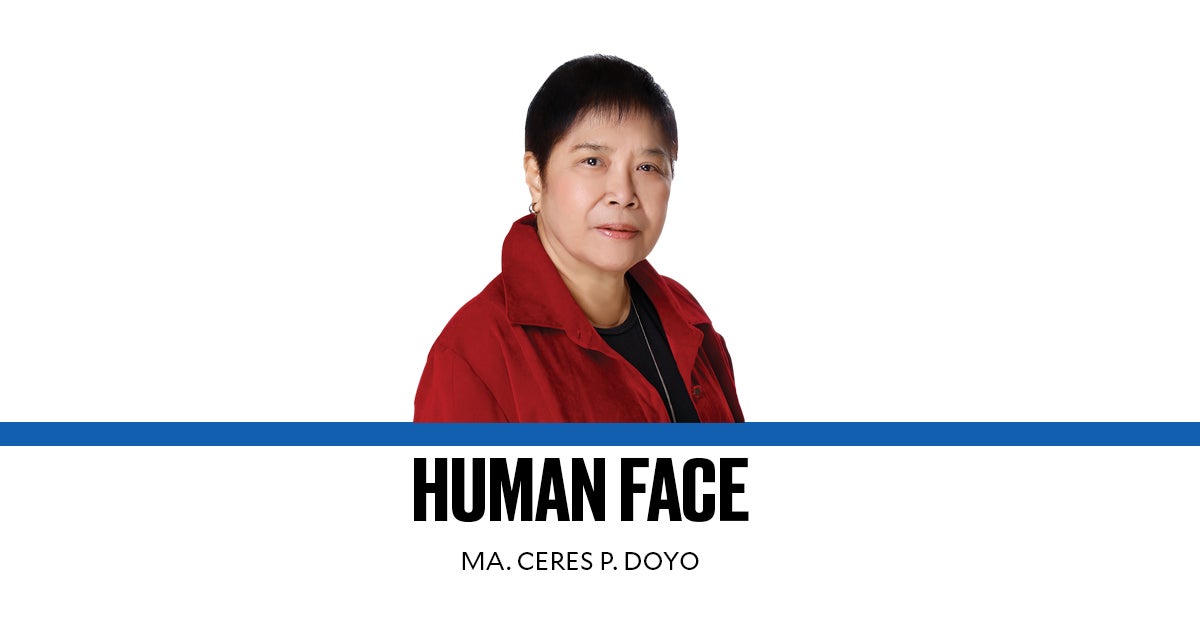
One unforgettable Stations of the Cross that I had experienced was the one on Smokey Mountain garbage dump in Tondo many years ago. It was sponsored by an urban poor community and a church-based social action group. It was difficult and like no other.
In Catholic Christendom, the season of Lent is a time for penance, prayer, fasting, and sharing/almsgiving in a very intentional way, emphasis on intentional. It is also a time when believers relive the Way of the Cross (Via Crucis) either publicly as a community/parish, or privately. It is also called Via Dolorosa, the Way of the Sorrow of Mary, the mother of Jesus, in accompanying her son till he breathed his last with a cry of “Consummatum est” that reverberated throughout the universe.
The 14 Stations are found on the pillars of churches or spread out in a garden setting or a hillside retreat where one can follow and imagine the way that Jesus took to his crucifixion. Over the years, the 12 Stations of the Cross have increased to 14 to include the Last Supper as the First Station, and the Resurrection as the 14th Station. In my own imaginative way, I conjure up modern-day scenes and stopovers that are reminiscent of Jesus’ agonizing trek to Calvary.
Uppermost in my mind are the victims of extrajudicial killings (EJKs) in former president Rodrigo Duterte’s brutal war on drugs that targeted the poor while big drug lords remained untouched. It was “fake” after all, allegedly a smokescreen to hide bigger crimes. Duterte is now detained at the Scheveningen Prison of the International Criminal Court at The Hague in the Netherlands, facing charges of crimes against humanity. For the family of EJK victims, the road to The Hague has been a via dolorosa of sorts.
Here’s my abbreviated version of the via dolorosa. Fill in the missing stations.
First station: The last supper. This was the night when Jesus was going to be betrayed. (I think of those who were having their last supper with their families and moments later would be gunned down in their own homes by operatives purportedly in search of drug pushers. Funeral undertakers were always on the scene.)
Third station: Jesus before the Sanhedrin. The high priest stood up before the court and interrogated Jesus. (There were no questions asked of a young EJK victim even while he pleaded that he had exams the next day. Shots rang out.)
Fourth station: The scourging and crowning with thorns. Then the soldiers, weaving a crown of thorns, fixed it on his head and stuck a reed in his right hand. (A former member of the Davao Death Squad testified that it was their practice to write on cardboard “Drug pusher, huwag tularan” and place it on the bloody corpse lying on the wayside.)
Seventh station: Simon of Cyrene carries the cross of Jesus. The soldiers pressed him into service to carry the cross of Jesus. (Members of the church and human rights lawyers helped bereaved families seek justice, even while giving sanctuary to repentant EJK participants willing to testify and name names.)
Eighth station: Jesus meets the pious women of Jerusalem. (Grieving women who lost sons and husbands have come forward to tell their harrowing stories to the media—but at great risk to their own bereaved families.)
Ninth station: Jesus is nailed to the cross. Jesus said: “Father, forgive them for they know not what they are doing.” (They knew what they were doing, one confessed member of the death squad admitted in so many words at a Senate hearing. The orders came from above.)
Tenth station: The repentant thief. “We deserve it, after all. We are only paying the price for what we’ve done.” (May God protect those who have come clean to reveal their evil deeds, their participation in mass murders under the leadership and orders of one man and his enablers.)
Eleventh station: Mary and John at the foot of the cross. From that hour onward, the disciple took Mary into his care. (Fr. Flavie Villanueva, SVD, is to be emulated. He has taken into his care families of EJK victims, he ministers to their material and spiritual needs while they seek redress. Here I hum the “Stabat Mater.”)
Twelfth station: Jesus dies on the cross. “I am thirsty,” Jesus said. (The thirst for justice must be quenched at all costs. As the saying goes, “Fiat justitia ruat caelum.” Let justice be done though the heavens fall.)
Thirteenth station: Jesus is laid in the tomb: Joseph of Arimathea wrapped Jesus’ body in fresh linen and laid him in his own tomb which had been hewn from a rock formation. (With the help of church groups, many EJK victims were given proper burials and a common resting place in La Loma Catholic Cemetery.)
Fourteenth station: Jesus rises from the dead. Then the angel spoke, addressing the women: “… He is not here. He has been raised, exactly as he promised. (With the architect of the so-called “fake” drug war now facing criminal charges, hopes rise that justice will be served to those who have been deprived of it.)
—————-
Send feedback to cerespd@gmail.com





